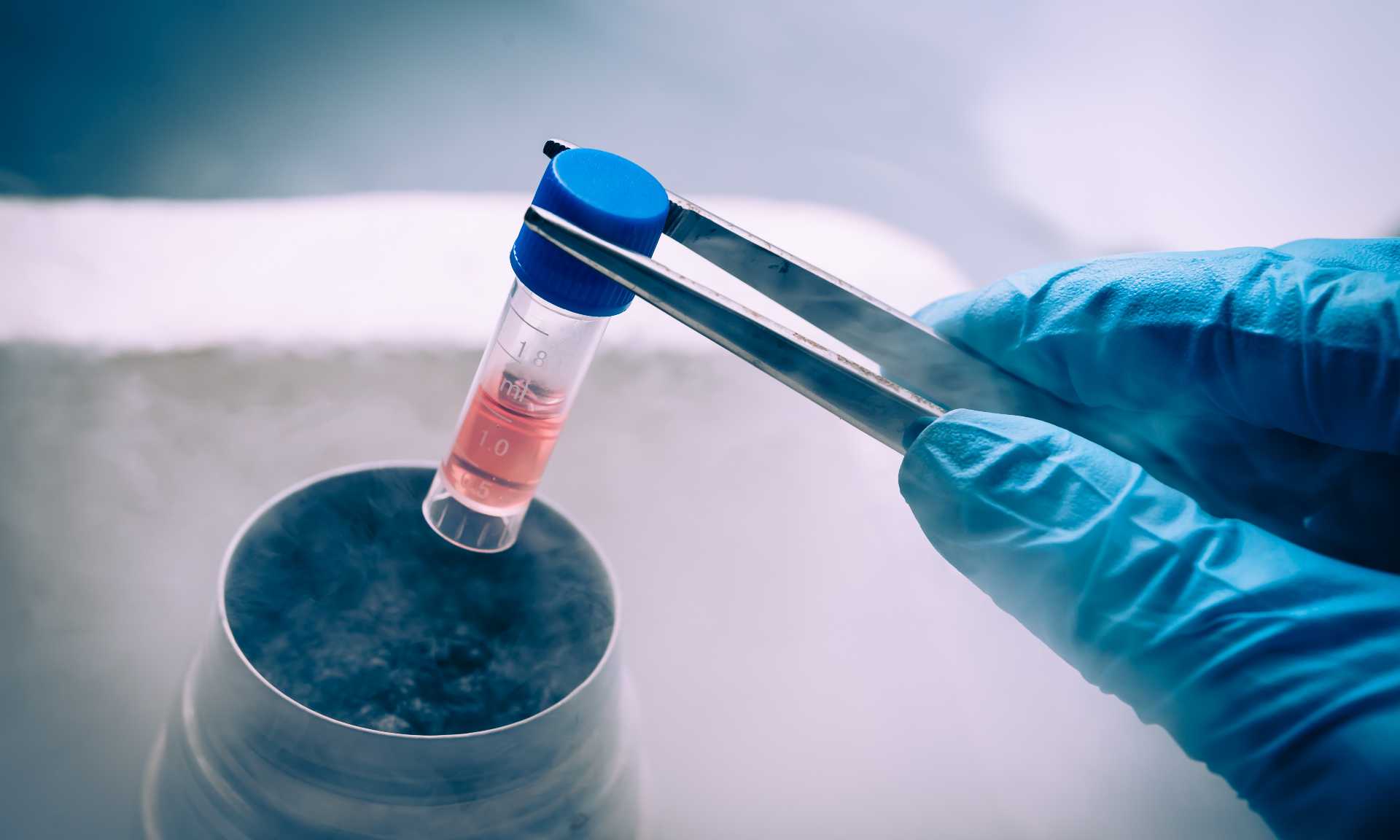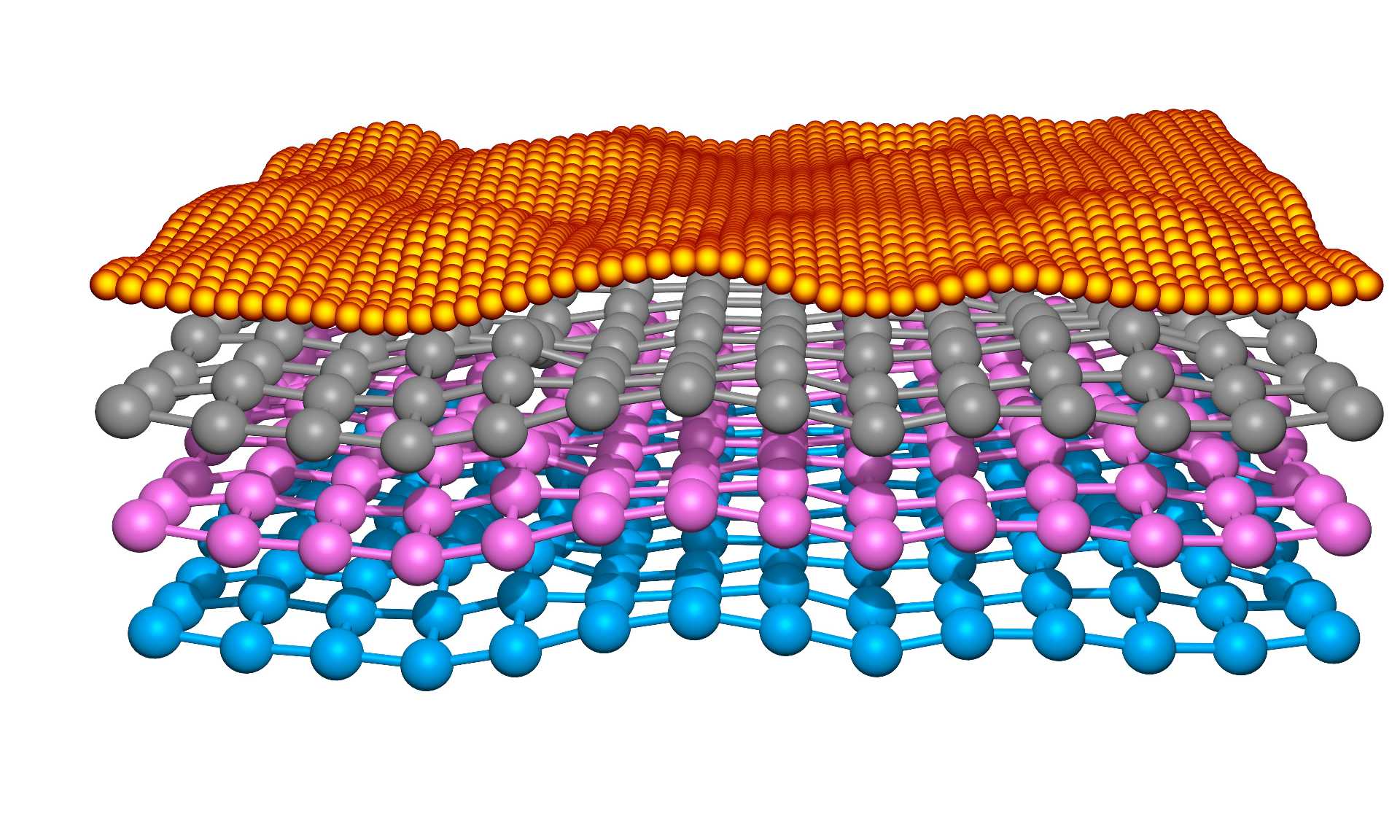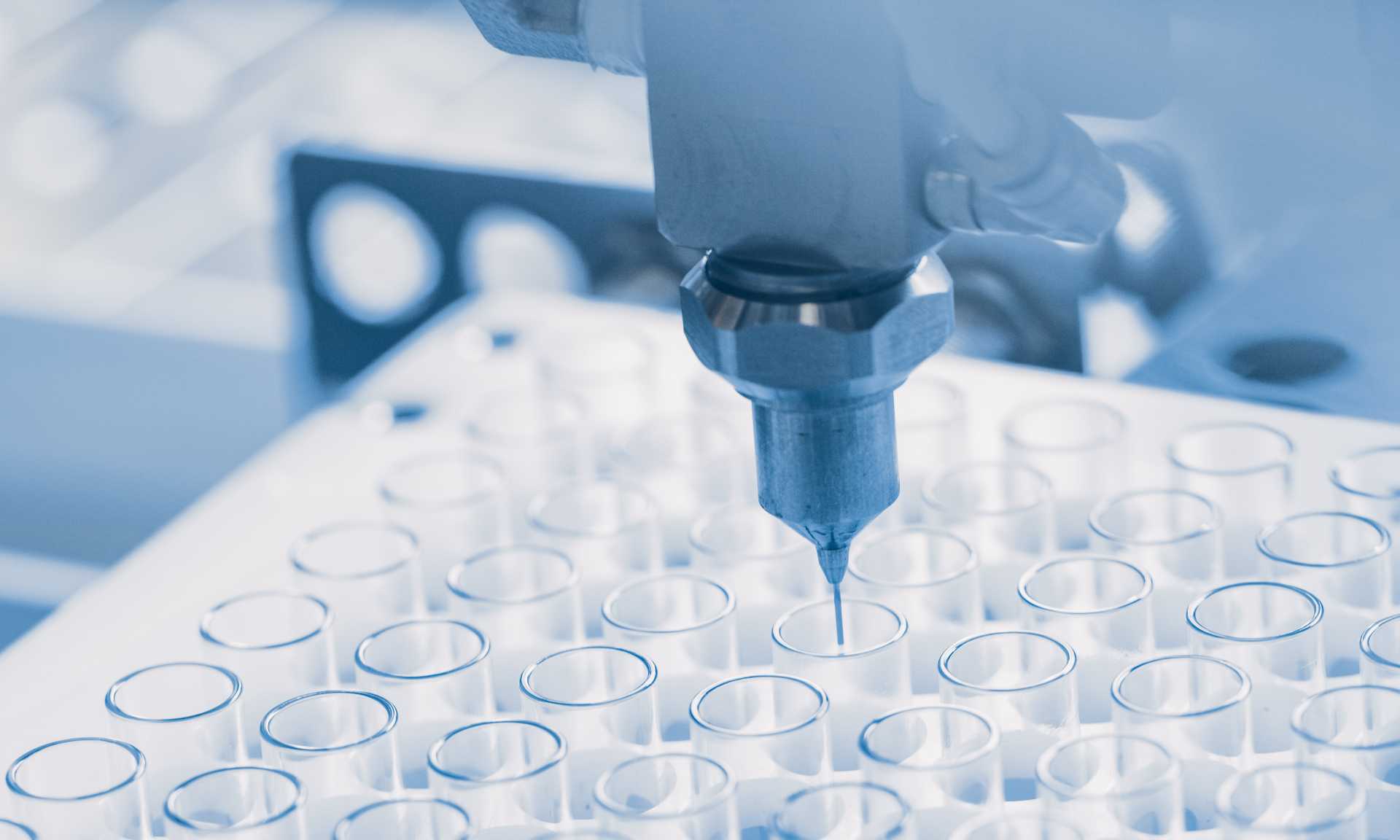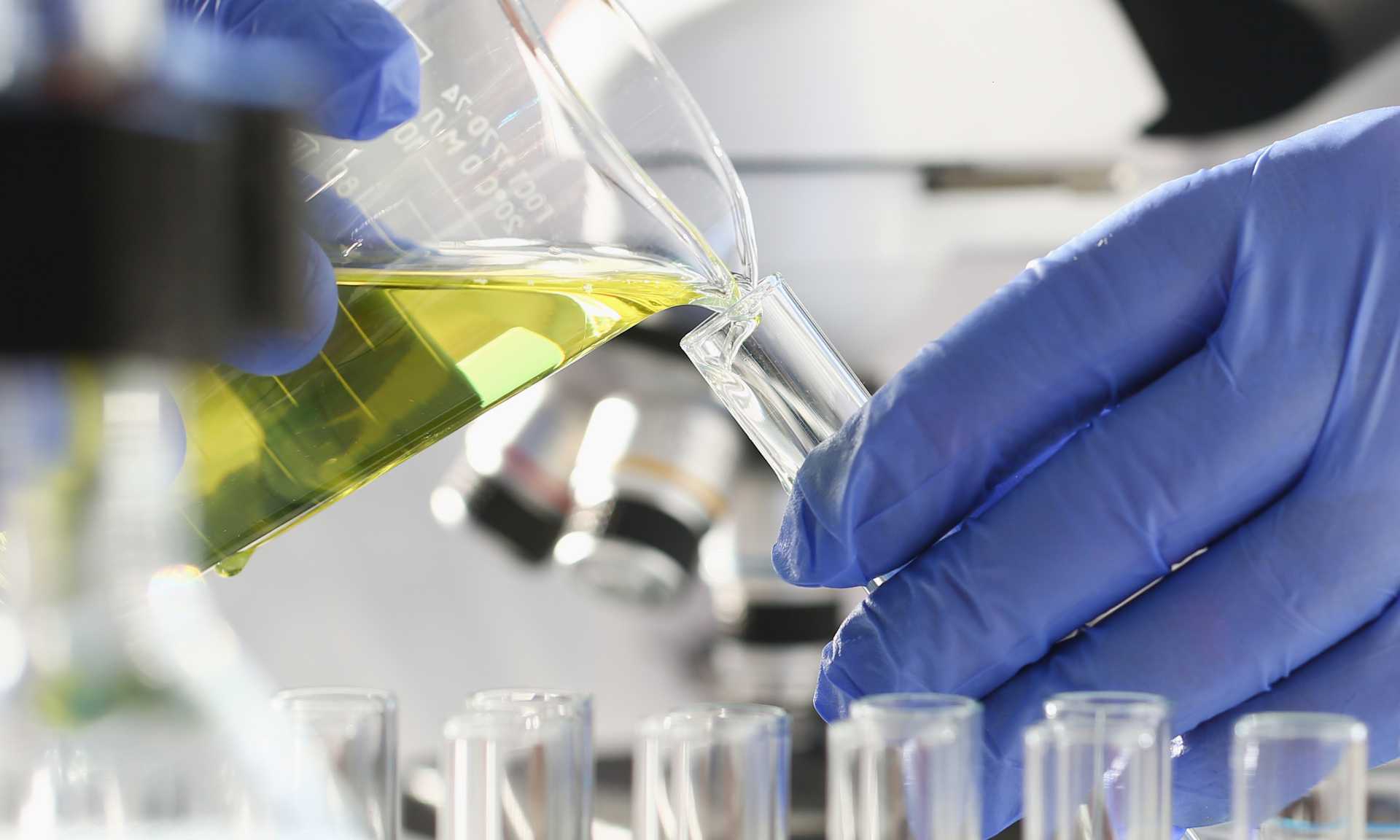The Soft Matter Research Group researchers work across a range of disciplines and forms. Read more about our current research below.
Cyropreservation

Two thirds of donated hearts and lungs are discarded and blood platelets are thrown out after just 7 days.
Similarly, many research avenues are limited by the short life-times of cells. These problems could be solved with cryopreservation i.e. storage of biological samples at very low temperatures. We are interested in developing new cryoprotectants and cryopreservation protocols to allow storage of new cell types.
Nanomaterials

Nanomaterials are more than 10 000 times smaller than the diameter of a hair.
They are becoming increasingly important in products from television screens to point-of-care biomedical diagnostics. We are interested in understanding and engineering the physical and chemical properties of several materials including nanodiamonds and other wide-bandgap semiconductor materials, metallic nanoparticles and organic fluorophores. We specialize in the optical characterization of these materials as well as using them in applications from bioimaging to solar energy conversion.
Next-Generation Antimicrobials

Antibiotic resistance is a major global health threat, causing at least 700,000 deaths a year.
Without the development of new antimicrobial therapies, the death toll could rise to 10 million people a year by 2050, equating to $US100 trillion in health care costs. We are currently developing new antimicrobial agents based on 1) nanoparticles, 2) novel surface coatings, 3) degradable low-dimensional materials, 4) polymers, and 5) stimuli-responsive materials. You could be involved in this vital research, contact aaron.elbourne@rmit.edu.au to learn more.
Ionic Liquids

We are conducting research into understanding the fundamental physicochemical and thermal properties of ionic liquids, their mixtures, liquid nanostructure and the solvophobic effect.
Tamar Greaves and her team are currently developing ionic liquid solvents for use with biological molecules in a broad range of applications from protein crystallization to biocatalysis. A key focus of our research is the development of high throughput methodologies for the experimental design, sample synthesis, characterisation and data analysis. This involves using surface response methods to enable large compositional spaces to be explored with minimal samples, robotic platforms for synthesis, rapid characterisation techniques, such as plate readers and automated instruments, and machine learning methods, such as multiple linear regression models and artificial neural networks, for developing advanced structure-property relationships. The research extensively involves the use of the SAXS/WAXS beamline of the Australian Synchrotron for characterising samples, including seeing the effect of different ionic liquids on liquid crystal phases, or on protein sizes and shape.


